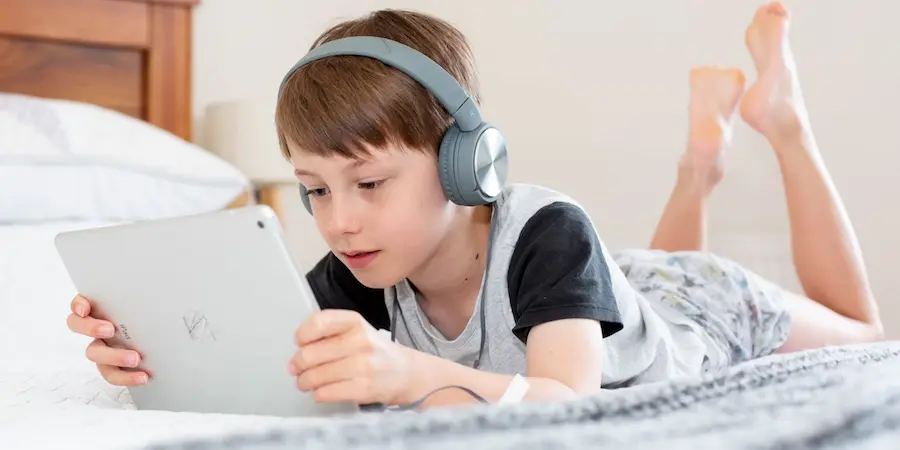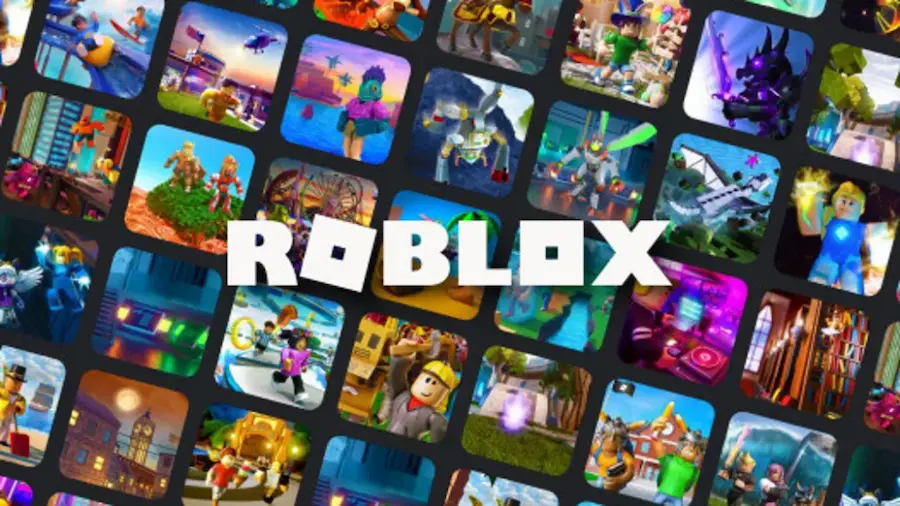New earthquake in the gaming world: the Attorney General of Louisiana, Liz Murrill, has filed a lawsuit against Roblox Corporation, accusing the platform of failing to adequately protect minors from sexual predators. Are we facing a turning point for the worlds largest user-generated content (UGC) ecosystem or another chapter in the complex battle over online child safety? Lets break down the case, the key facts and what it means for families and creators.
What the lawsuit alleges and why it puts Roblox in the crosshairs
According to the legal action filed by Murrill, Roblox allegedly allowed, knowingly and for years, an environment where sexual predators thrived, which contributed to the victimization of minors in the United States and, in particular, in Louisiana. The complaint argues that the company failed to implement effective safety measures and did not sufficiently warn parents and children about foreseeable risks within its service. You can read the Attorney General’s public announcement in this thread on X: Liz Murrill’s statement.
The legal text does not hold back: it speaks of “willful neglect” and “deceptive practices” that allegedly allowed an environment conducive to abuse. In the background lies a debate familiar to any social or gaming platform with user-generated content (UGC): how to balance creative freedom, social communication and child safety, which by definition requires strict controls and quick responses? This issue is especially sensitive on Roblox, where the main audience is underage and interactions are massive and real-time.
Roblox, for its part, has been introducing changes. After the ban in Turkey, it announced new safety adjustments: users under 13 need parental permission for certain chat features, and children under 9 require parental consent to access experiences labeled with the “Moderate” maturity rating. However, the Louisiana Attorney General considers these measures insufficient, and that is why she has decided to take the case to court.
A UGC giant under global pressure: figures, bans and controversial decisions
To put the matter in perspective, it helps to look at the numbers: in February 2025, Roblox reported 85.3 million daily active users according to reports, and the company itself says that half of American children under 16 play at least once a month. These are orbit-sized magnitudes, akin to “scale of Reddit or YouTube,” where algorithmic and human moderation become a constant technical and operational challenge.
Additionally, the platform has already been banned in several countries, including China, Jordan, North Korea, Oman, Qatar and Turkey, with a focus on the risks of child exploitation. This international context increases pressure on Roblox to demonstrate that its policies and protection tools work consistently, smoothly and are age-appropriate.
Amid this climate, the company made a decision that sparked controversy: removing certain community “watchdogs” who acted as an informal policing presence in the environment. According to the development team, their activity was creating an unsafe environment for users. The move, while intended to reduce problematic behavior, opens another can of worms: how do you keep bad actors at bay without discouraging the community members who try to protect the space? Here, the balance recalls modern cybersecurity concepts like the “principle of least privilege,” where any excess—even if well intended—can backfire on the system.

What parents and creators should know now: practical takeaways
If Roblox is part of your household or you develop experiences on the platform, the question is obvious: what should I do today? First, understand the current framework. There are active measures aimed at minors—such as parental permissions for certain chats and consent-based access to “Moderate” content for the youngest users—but the Louisiana lawsuit highlights that, for some regulators, this is still not enough.
The first step is to get informed from reliable sources. At ActualApp we have analyzed the million-dollar question in detail in our article Is Roblox safe for young children?, where we review the keys to understanding the ecosystem, what maturity labels mean and why adult supervision is not an accessory but a pillar. Second, it is worth regularly reviewing how the minor uses the platform: who they interact with, which experiences they visit and which social features they use. Although it sounds basic, open and periodic conversation remains one of the most effective “firewalls” in the real world.
For creators, the message is clear: following content guidelines is not only a contractual obligation, it is also a matter of sustainability. In UGC environments, a bad social dynamic can erode user and regulator trust in no time. And, on the technical side, any friction that reduces risk—from designing experiences that minimize sensitive interactions to building safe-by-default flows—helps strengthen the community fabric. As in any modern stack, security is not an added layer at the end; it is a design property.
Ultimately, the Louisiana case against Roblox is not only being decided in the courts: it is also being fought in public opinion and in the evolution of the platform’s practices. With millions of minors involved, every adjustment matters. We will follow the process and its consequences closely for one of the most influential gaming and creation ecosystems on the planet.

